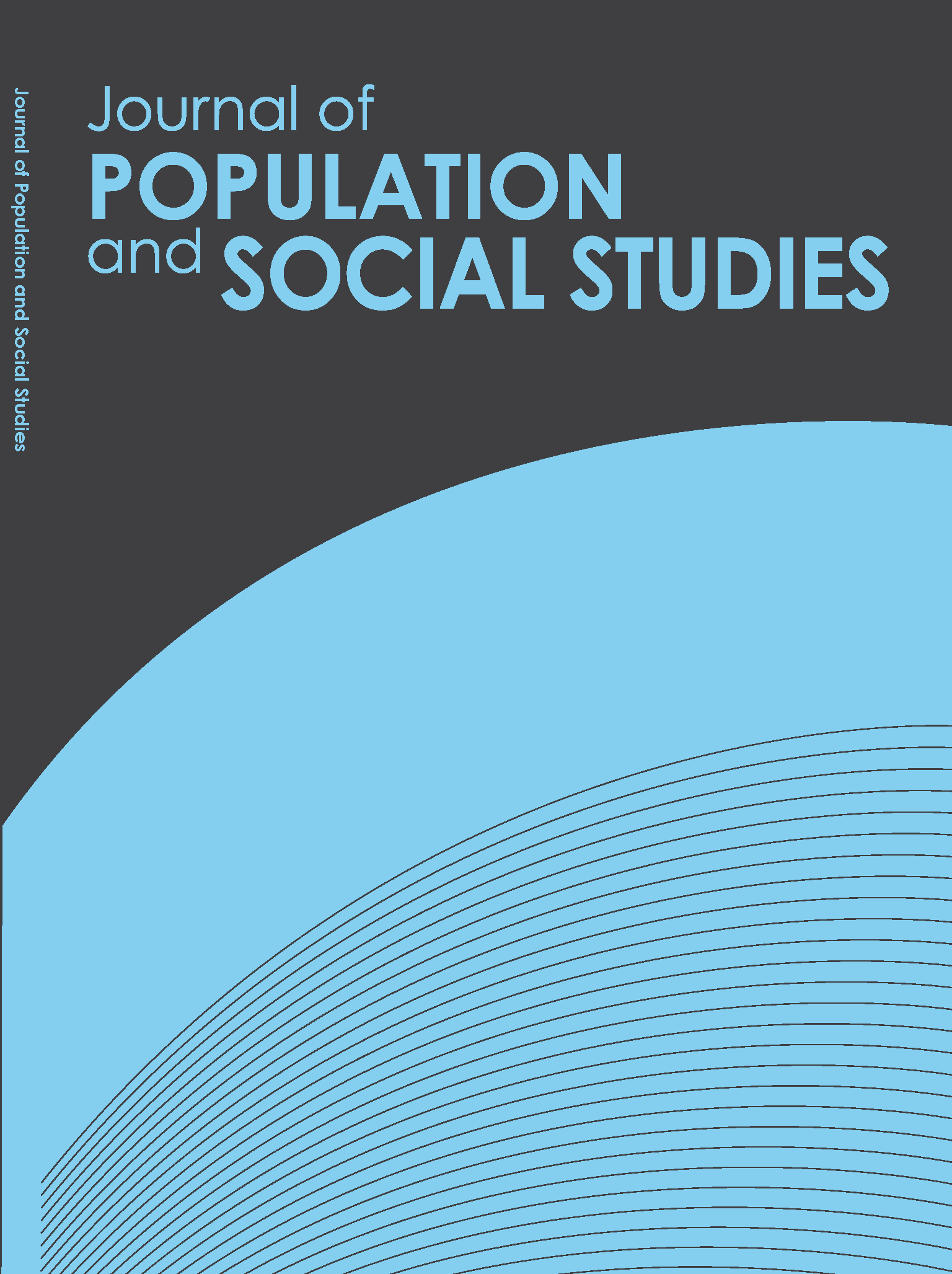Improving the Quality of Life in Bangkok via Change in City Planning
Main Article Content
Abstract
The dream of home ownership is common in modern societies, but a large numbers of house in the suburbs lead to greenhouse gas emissions, trade deficits and social segregation. Suburbanization is often a result of car-oriented city planning, and Bangkok, the capital and socio-economic center of Thailand, has been developing under a car-oriented city model for several decades, thus resulting in severe traffic congestion. The objective of this study is to demonstrate that a change in Bangkok city planning can reduce CO2 emission and improve the quality of life. Based on the travel diary data, people who live and work in the inner area of Bangkok have the shortest travel time (49 minutes per day); while those living in Bangkok’s suburbs spend 109 minutes per day on average in the car. The differences in travel time can be due to the higher vehicle kilometer traveled (VKT) of those living in the suburbs (37 km per
day on average) compared to those living in the inner city (9 km per day). Reduction of VKT via improvement of the metro system and increase in mixed land use can decrease CO2 emission, fossil fuel consumption, diesel fuel subsidies, and conversion of farm land to residential area.
day on average) compared to those living in the inner city (9 km per day). Reduction of VKT via improvement of the metro system and increase in mixed land use can decrease CO2 emission, fossil fuel consumption, diesel fuel subsidies, and conversion of farm land to residential area.
Article Details
How to Cite
Burapatana, T., & Ross, W. (2011). Improving the Quality of Life in Bangkok via Change in City Planning. Journal of Population and Social Studies [JPSS], 20(1), 25–42. retrieved from https://so03.tci-thaijo.org/index.php/jpss/article/view/84529
Section
Research Articles


